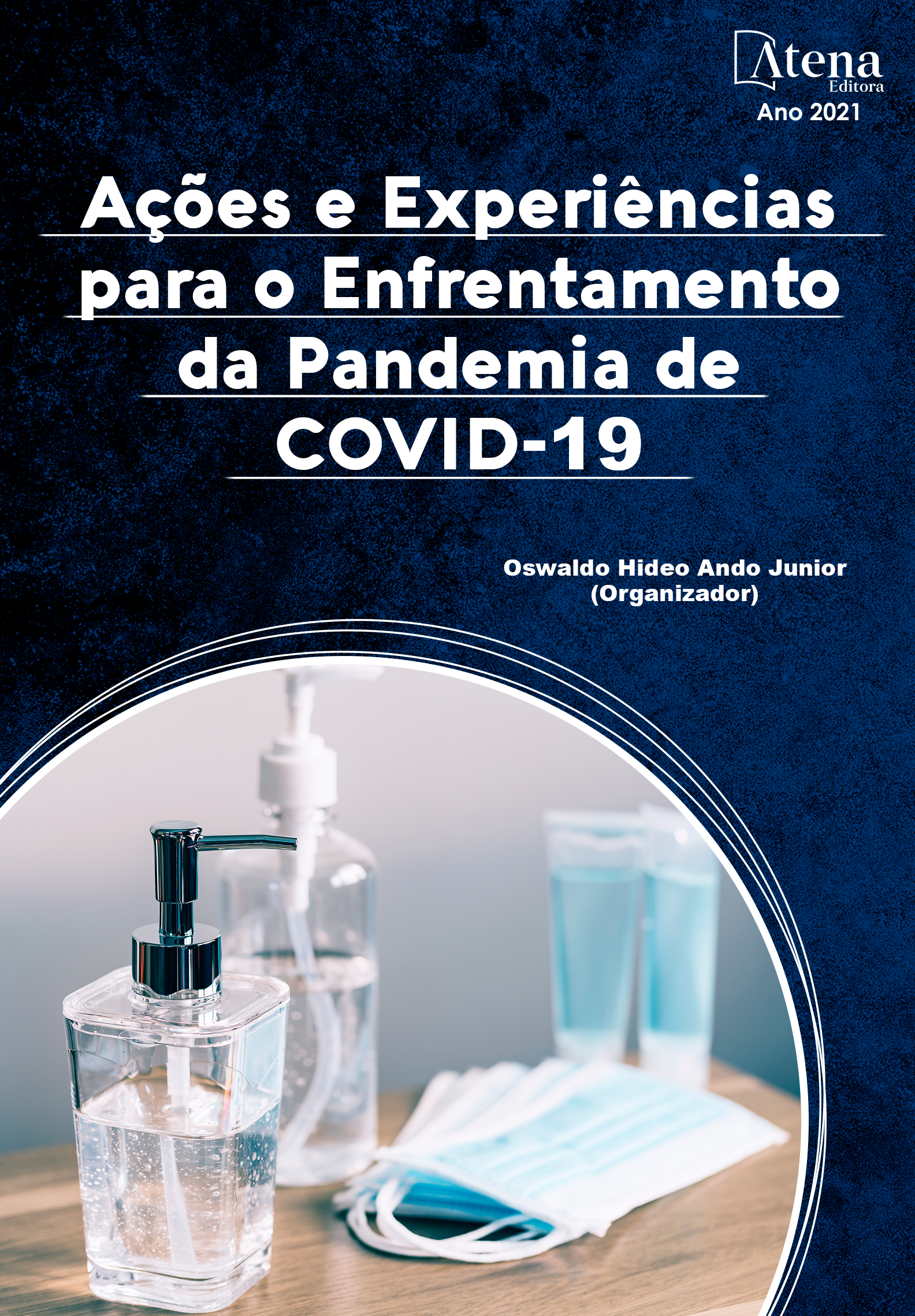
IMPACTOS DA PANDEMIA DO SARS-COV2-COVID-19 NA PRÁTICA DE EXERCÍCIOS FÍSICOS REGULARES EM BRASILEIROS RESIDENTES EM MINAS GERAIS - BRASIL
Este estudo buscou analisar o comportamento quanto à prática de exercícios físicos (EF) em residentes no Estado de Minas Gerais durante o período de isolamento social em decorrência da pandemia do SARS-CoV2-COVID-19. Foi utilizado um questionário semiestruturado disponível por meio da plataforma Google®. Das 2.046 respostas obtidas, 1.470 (1027 mulheres) foram de partícipes residentes no estado de Minas Gerais. Foram coletadas as variáveis de nível de escolaridade, estado civil, prevalência de prática do EF antes e durante o período de isolamento e, a percepção da intensidade do EF entre os respectivos períodos. Os dados foram expressos por meio de frequência absoluta e relativa [n(%)]. Para a comparação das proporções entre os períodos e, verificação de associação entre o sexo e a percepção da intensidade do EF foram utilizados os Teste de McNemar, Qui-quadrado (V de Cramer) e Q de Cochran (p < 0,05). A caracterização amostral revelou que 97% e 65% dos partícipes possuem pelo menos o ensino médio e não se encontram casados, respectivamente. Quanto à proporção de prática de EF entre os períodos estudados, constatou-se diminuição (X2(1) = 194,941, p<0,01) na prática destas atividades (Tabela). Além disso, dos 599 partícipes que permaneceram ativos durante a pandemia 35,2%, 18,8% e 46,3% aumentaram, não modificaram e diminuíram a intensidade de seus exercícios, respectivamente. Por fim, o fator sexo mostrou associação com a percepção do EF realizado (X2(1) = 10,588, p<0,01) sendo evidenciado um aumento na intensidade do EF durante o isolamento em mulheres ativas. Concluindo, o isolamento social em decorrência do SARS-CoV2-COVID-19 provocou uma redução na prática de EF em indivíduos residentes em Minas Gerais. No entanto, apesar de tal impacto, uma maior prevalência de mulheres que permaneceram ativas durante o isolamento, aumentaram a intensidade de suas atividades em relação ao público masculino.
IMPACTOS DA PANDEMIA DO SARS-COV2-COVID-19 NA PRÁTICA DE EXERCÍCIOS FÍSICOS REGULARES EM BRASILEIROS RESIDENTES EM MINAS GERAIS - BRASIL
-
DOI: 10.22533/at.ed.64921020319
-
Palavras-chave: sars-cov2-covid-19; exercício físico, Minas Gerais
-
Keywords: sars-cov2-covid-19; physical exercise, Minas Gerais
-
Abstract:
This study sought to analyze the behavior regarding the practice of physical exercise (PE) in residents of the State of Minas Gerais during the period of social isolation due to the SARS-CoV2-COVID-19 pandemic. A semi-structured questionnaire available through the Google® platform was used. Of the 2,046 responses obtained, 1,470 (1027 women) were from participants residing in the state of Minas Gerais. The variables of education level, marital status, prevalence of PE practice before and during the isolation period were collected, as well as the perception of PE intensity between the respective periods. The data were expressed using absolute and relative frequency [n (%)]. To compare the proportions between the periods and to verify the association between sex and the perception of PE intensity, the McNemar test, Chi-square test (Cramer's V) and Cochran's Q (p <0.05) were used. The sample characterization revealed that 97% and 65% of the participants have at least high school and are not married, respectively. As for the proportion of PE practice between the periods studied, there was a decrease (X2 (1) = 194.941, p <0.01) in the practice of these activities (Table). In addition, of the 599 participants who remained active during the pandemic, 35.2%, 18.8% and 46.3% increased, did not modify and decreased the intensity of their exercises, respectively. Finally, the sex factor was associated with the perception of PE performed (X2 (1) = 10.588, p <0.01), with an increase in PE intensity during isolation in active women being evidenced. In conclusion, social isolation due to SARS-CoV2-COVID-19 caused a reduction in the practice of PE in individuals living in Minas Gerais. However, despite this impact, a higher prevalence of women who remained active during isolation, increased the intensity of their activities in relation to the male audience.
-
Número de páginas: 11
- Anderson Luis Coelho
- Alessandro de Oliveira
- Alvaro Cesar de Oliveira Penoni


